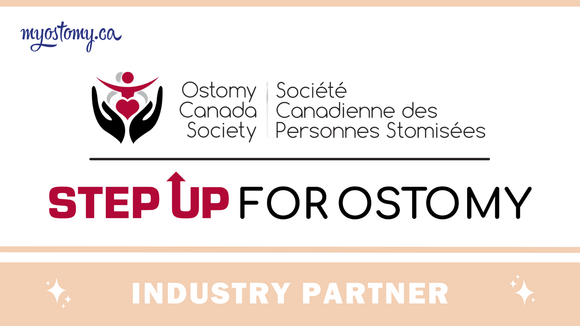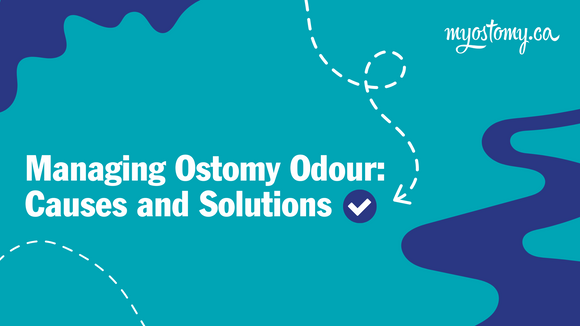
Ostomy 101: Understanding the Basics
My Ostomy
Whether you're new to the concept of ostomy or just seeking more information, this comprehensive guide aims to shed light on what ostomy is, why it’s performed, and how to manage life with an ostomy.
What is an Ostomy?
An ostomy is a surgical procedure that creates an opening (stoma) in the body to divert the flow of bodily waste. This opening is made in the abdominal wall and is typically necessary when the normal route for waste elimination is no longer viable due to disease, injury, or other medical conditions. There are several types of ostomies, with the most common being colostomy, ileostomy, and urostomy.
-
Colostomy:
This involves the large intestine (colon) and is often required when parts of the colon are removed or need to heal. -
Ileostomy:
This involves the small intestine (ileum) and is typically performed when the entire colon is bypassed or removed. -
Urostomy:
This involves the urinary system and is necessary when the bladder is bypassed or removed.
Why Might Someone Need an Ostomy?
There are various reasons why a person might need an ostomy, including:
- Cancer: Colorectal cancer, bladder cancer, and other cancers affecting the digestive or urinary systems.
- Inflammatory Bowel Disease (IBD): Conditions like Crohn’s disease and ulcerative colitis.
- Trauma: Injury to the abdomen or pelvis that damages the intestines or bladder.
- Congenital Defects: Conditions present at birth that affect normal waste elimination.
- Diverticulitis: Severe cases can lead to complications requiring an ostomy.
Life with an Ostomy
Living with an ostomy can be a significant adjustment, but with the right support and resources, individuals can lead full and active lives.
Ostomy Care and Management
Proper ostomy care is crucial for maintaining skin health and preventing complications. Here are some essential tips:
-
Stoma Care:
Keep the stoma clean and dry. Use gentle, unscented products to clean the area and avoid harsh chemicals that could irritate the skin. -
Pouching Systems:
Choose a pouching system that fits well and is comfortable. There are various options available, including one-piece and two-piece systems. -
Diet and Nutrition:
While many people can eat a regular diet, some foods may need to be avoided or introduced gradually to prevent blockages or irritation. -
Hydration:
Staying hydrated is particularly important, especially for those with an ileostomy, as they can lose more fluids and electrolytes.
Emotional and Psychological Support
Adjusting to an ostomy can be emotionally challenging. It's important to seek support from healthcare professionals, support groups, and counseling services. Connecting with others who have ostomies can provide valuable insights and encouragement.
An ostomy can be a life-saving procedure and a new way of life for many. With proper care, support, and resources, individuals with ostomies can lead healthy, fulfilling lives. It's also important to connect with your doctor or a NSWOC (Nurses Specialized in Wound, Ostomy, and Continence Care) for personalized advice and guidance, as they are the true experts in ostomy care. You don't have to go through this alone—help and support are always available.
Remember, living with an ostomy is a journey, and every journey is unique. Embrace the changes, seek support, and find the resources that work best for you.
Read more about Resources and Support.
Looking for ostomy supplies? Shop our extensive ostomy collection



